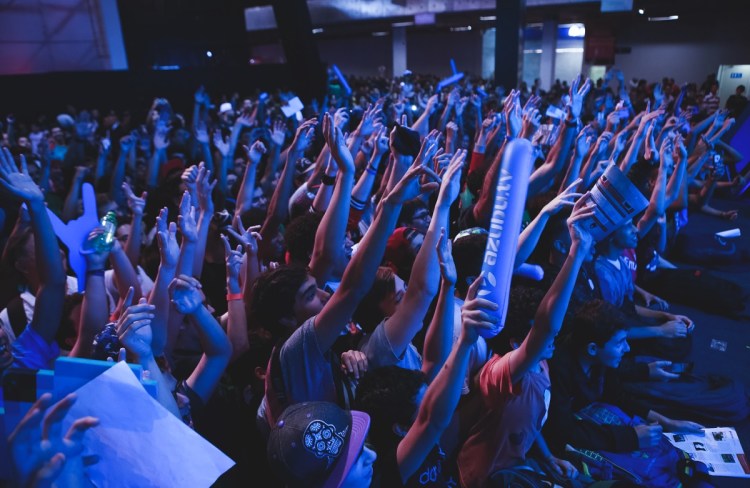Traditional media and their advertisers are itching to break into esports. With the growing audience and soon-to-be mainstream industry, it’s no surprise media brands are trying to jump in and grab themselves a piece of this growing marketplace.
Recent reports show esports has an estimated online audience of 300 million and growing. Brands, media and publishers are champing at the bit to establish their own esports presence, especially as traditional sports viewership numbers continue to decline on TV. But these players need to understand that esports is significantly different from their traditional sports audiences on TV and on digital. And more importantly, reaching these esports fans will take a new approach that may be inherently outside of their comfort zone and core competency.
Because the core audience of esports is comprised of millennial men, connecting with this audience is quite different than the typical broadcast model of football or baseball viewers. Esports offers a dynamic, interactive experience and fans expect a certain level of dialogue with their favorite players and teams. That’s why digital publishers that already cater to this millennial audience have a leg up against more traditional publishers. A standard news report on scores and winners won’t be cutting it. Esports fans expect behind-the-scenes videos, competitor personality pieces and in-depth insights into the teams but all in short, easy to digest pieces of content.
In addition, since the industry is so new and ever changing, the companies that can be nimble and evolve their esports strategy as the industry adapts will be able to keep up with the fluid and growing industry. For instance, some may argue that pulling in editorial audience from Reddit may be more vital than social publishing and/or digital traffic recirculation strategies, which have become standard in some cases.
June 5th: The AI Audit in NYC
Join us next week in NYC to engage with top executive leaders, delving into strategies for auditing AI models to ensure fairness, optimal performance, and ethical compliance across diverse organizations. Secure your attendance for this exclusive invite-only event.
So far, media brands that can use digital video effectively to exploit live events seem to have the leg up on more conservative players that are relying on TV broadcast as the consumption model of choice. Video On Demand puts the end-user in control and gamers prefer the lean forward experience of digital, which they can access on their own terms. But game highlights and analysis alone won’t enable consumption – it’s the new and innovative content formats that focus on the players and their lives rather than wins/loses that will make esports mainstream. In my experience, even something as simple as web design should be a consideration for media as standard colors and navigation may not work for this audience, many of whom are consuming the content in a manner very different than the norm.
As with any new venture, the brands that can make an authentic connection with esports will get the best results, especially those that are committed to grass roots sponsorship and on-site activations. However, brands need to find ways to be native to the esports experience as most esports audiences have ad blockers enabled so as not to interrupt their digital viewing. The brands that can become part of the community or even help create more communities will cultivate a much longer lasting position in the field.
Already in early days of the industry, we’ve seen some great and not so great examples of brands linking themselves to esports. Mountain Dew is trying some innovative things to really become a part of the fabric from the get go. By creating a league and competition, the brand is building real content and value for fans, and in the long run, gamers will associate the Mountain Dew brand with esports in an organic and authentic manner.
On the other hand, there have been a few brands that have left me scratching my head. Bounty Fresh Eggs is a chicken and egg brand in the Philippines that signed on as a main sponsor of a recent event. Not sure many gamers associate egg products with esports, even when they have someone dressed up as a chicken clucking around the tournament.
The bottom line is that esports is already becoming more mainstream and the barriers to enter the space are only going to get more difficult. The brands that can make the leap now, stretch outside their comfort zones and develop this new core competency authentically, will be the only brands that are set up to succeed.
For brands that truly want to engage with the growing esports audience, start by just turning up and being present. You can’t dip in and out as it suits your schedule because this generation will sniff out a lukewarm commitment in a second and call you on it. Brands need to be present, on site, online and commit to creating engaging content and connecting directly with fans in person, in their native environments. The brands that can commit earlier and more often will be more than richly rewarded in the long haul.


